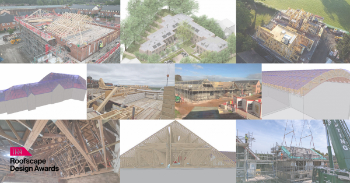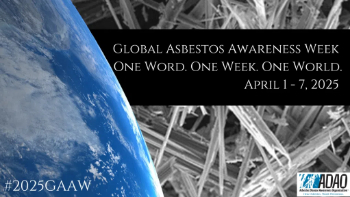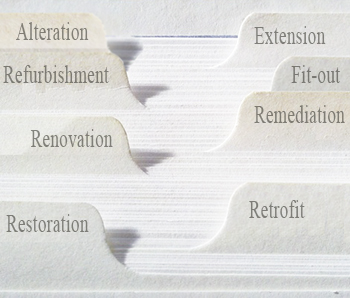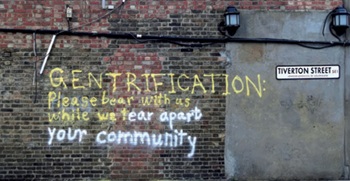Low voltage
According to Approved Document P - Electrical safety – Dwellings: Low voltage is, ‘a voltage exceeding extra-low voltage, but not exceeding 1,000 V ac or 1,500 V dc between conductors, or 600 V ac or 900 V dc between conductors and earth.’ Where extra-low voltage is, ‘A voltage not exceeding 50 V ac or 120 V ripple-free dc, whether between conductors or to earth.’
The Illustrated Guide to Electrical Building Services, Third Edition (BG 31/2017), by David Bleicher & Peter Tse, published by BSRIA in 2014, suggests that: ‘Low voltage is a term used to describe 400 V three-phase and 230 V single-phase supplies. These are nominal voltages - the actual voltage may vary up to 10%. The intake to buildings that have a low voltage supply is usually provided by the electricity supplier in the form of an underground cable that emerges at a suitable point within the building. The cable is connected directly to the electricity supplier’s cut-out. Also known as a service head, this is a fused unit that protects the supplier’s infrastructure.’
[edit] Related articles on Designing Buildings Wiki
Featured articles and news
BSRIA Statutory Compliance Inspection Checklist
BG80/2025 now significantly updated to include requirements related to important changes in legislation.
Shortlist for the 2025 Roofscape Design Awards
Talent and innovation showcase announcement from the trussed rafter industry.
OpenUSD possibilities: Look before you leap
Being ready for the OpenUSD solutions set to transform architecture and design.
Global Asbestos Awareness Week 2025
Highlighting the continuing threat to trades persons.
Retrofit of Buildings, a CIOB Technical Publication
Now available in Arabic and Chinese aswell as English.
The context, schemes, standards, roles and relevance of the Building Safety Act.
Retrofit 25 – What's Stopping Us?
Exhibition Opens at The Building Centre.
Types of work to existing buildings
A simple circular economy wiki breakdown with further links.
A threat to the creativity that makes London special.
How can digital twins boost profitability within construction?
The smart construction dashboard, as-built data and site changes forming an accurate digital twin.
Unlocking surplus public defence land and more to speed up the delivery of housing.
The Planning and Infrastructure Bill
An outline of the bill with a mix of reactions on potential impacts from IHBC, CIEEM, CIC, ACE and EIC.
Farnborough College Unveils its Half-house for Sustainable Construction Training.
Spring Statement 2025 with reactions from industry
Confirming previously announced funding, and welfare changes amid adjusted growth forecast.
Scottish Government responds to Grenfell report
As fund for unsafe cladding assessments is launched.
CLC and BSR process map for HRB approvals
One of the initial outputs of their weekly BSR meetings.
Building Safety Levy technical consultation response
Details of the planned levy now due in 2026.
Great British Energy install solar on school and NHS sites
200 schools and 200 NHS sites to get solar systems, as first project of the newly formed government initiative.
600 million for 60,000 more skilled construction workers
Announced by Treasury ahead of the Spring Statement.

























